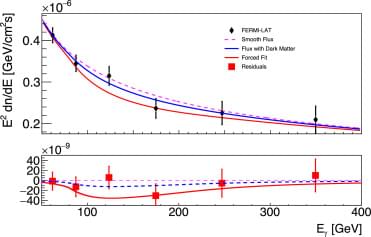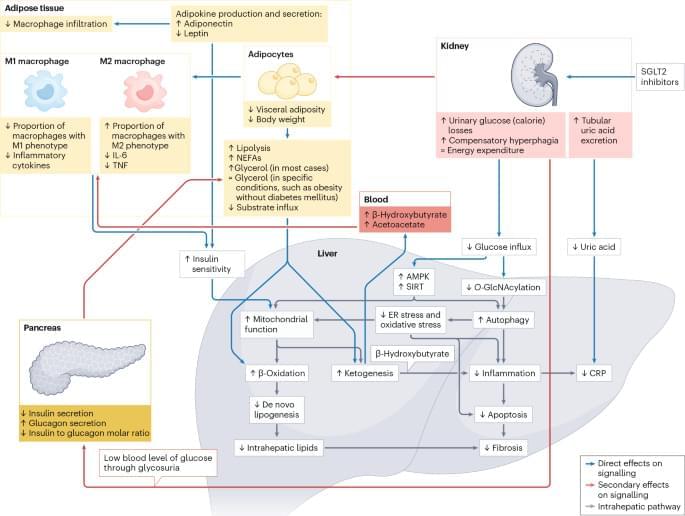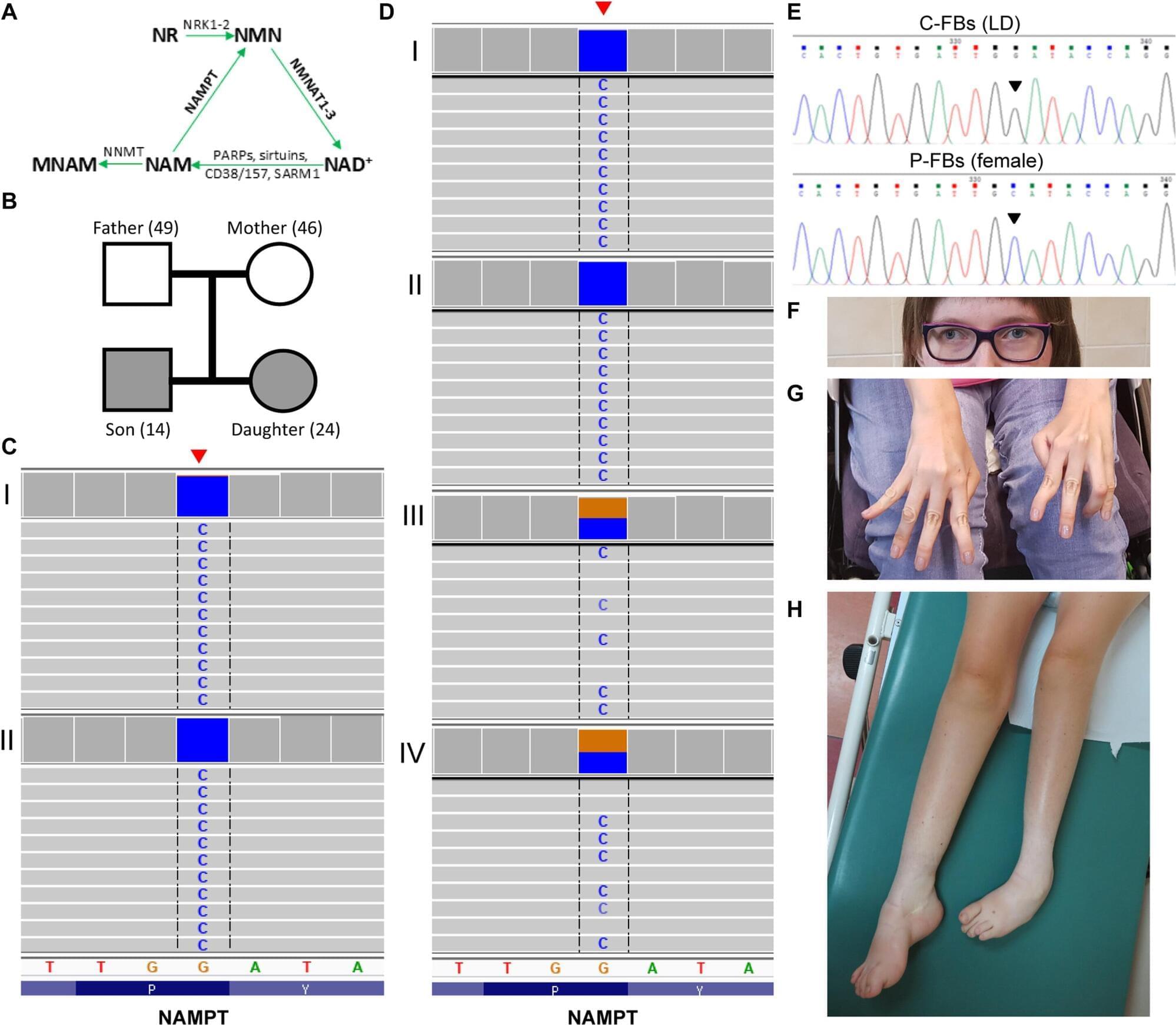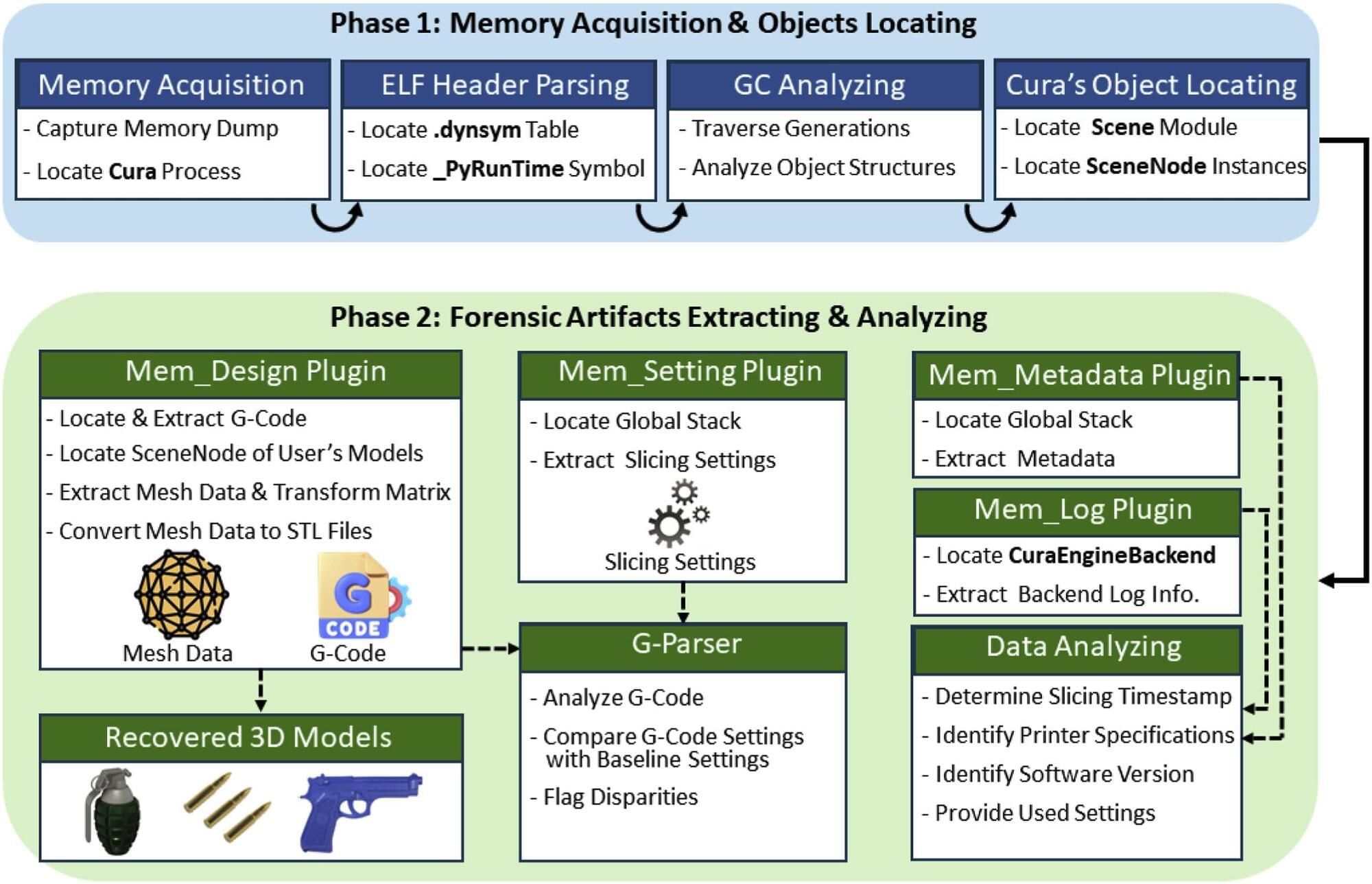In a breakthrough that could offer new hope to millions experiencing hair loss, researchers from National Taiwan University (NTU) have developed a rub-on serum that reportedly restores hair growth within 20 days. The innovative formulation, derived from natural fatty acids, has shown remarkable results in early laboratory tests and even in limited self-experiments by the study’s lead researcher.
The serum works by stimulating fat cells in the skin to regenerate hair follicles — a process inspired by the body’s natural response to irritation and injury. This mechanism, known as hypertrichosis, has long been linked to increased hair growth following skin damage or inflammation.
According to Professor Sung-Jan Lin, who led the study, the idea emerged from observing how minor skin irritation could trigger hair regeneration. ‘Skin injury not only induces tissue inflammation but also stimulates hair regeneration,’ Lin explained. ‘Our research shows that fatty acids can achieve similar effects safely and effectively.’
Researchers at National Taiwan University have developed a rub-on serum using natural fatty acids that reportedly stimulates hair growth within 20 days. Inspired by the body’s natural response to injury, the serum regenerates hair follicles by stimulating fat cells. The patented formulation has shown promising results in laboratory tests and self-experiments, with plans for human clinical trials.









